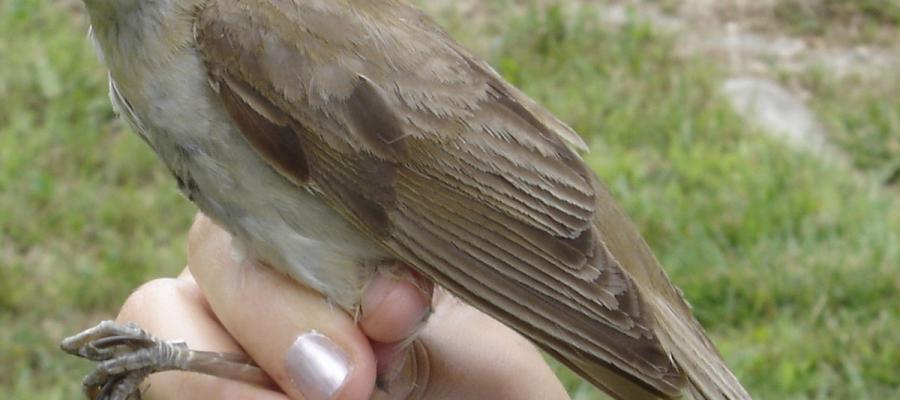Migratory connectivity describes to which degree different breeding populations have distinct (non‐overlapping) non‐breeding sites. Uncovering the level of migratory connectivity is crucial for effective conservation actions and for understanding of the evolution of local adaptations and migratory routes. Here we investigate migration patterns in a passerine bird, the great reed warbler Acrocephalus arundinaceus, over its wide Western Palearctic breeding range using geolocators from Spain, Sweden, Czech Republic, Bulgaria and Turkey. We found moderate migratory connectivity: a highly significant spatial structure in the connections between breeding and sub‐Saharan non‐breeding grounds, but at the same time a partial overlap between individual populations, particularly along the Gulf of Guinea where the majority of birds from the Spanish, Swedish and Czech populations spent their non‐breeding period
Rating
Changed
1443/01/10 06:00 PM

